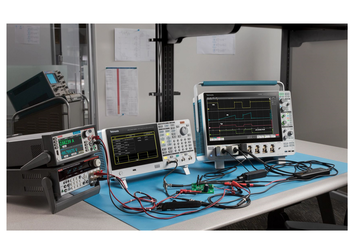Kontaktaufnahme
Live-Chat mit Tektronix-Vertretern. Verfügbar von 9 bis 17 Uhr CET Geschäftstage.
Anrufen
Kontaktieren Sie uns telefonisch unter
Verfügbar von 9 bis 17 Uhr CET Geschäftstage.
Download
Laden Sie Handbücher, Datenblätter, Software und vieles mehr herunter:
Feedback
Wide Bandgap – Double Pulse Test Analysis
4/5/6 Series B MSO Option 4-WBG-DPT/5-WBG-DPT/6-WBG-DPT Datasheet
Weitere Informationen
- MSO (Mixed-Signal-Oszilloskop) der Serie 4 B
- MSO der Serie 5 B
- MSO der Serie 6 B
- Weitere Software Modelle entdecken
Online lesen:

4/5/6 Series B MSO Option 4-WBG-DPT/5-WBG-DPT/6-WBG-DPT Datasheet
Download the PDF of the datasheet for an overview of the product features, important specifications, and ordering information.

